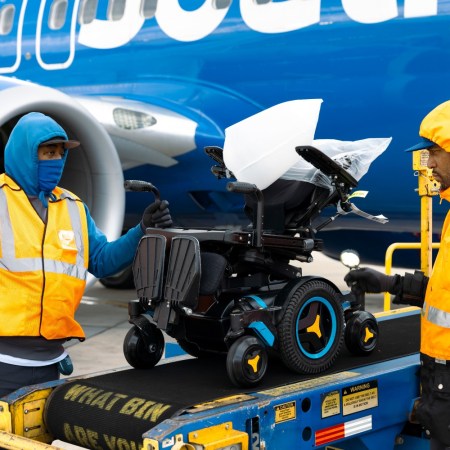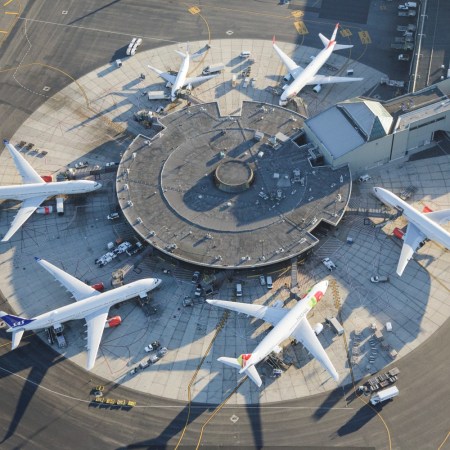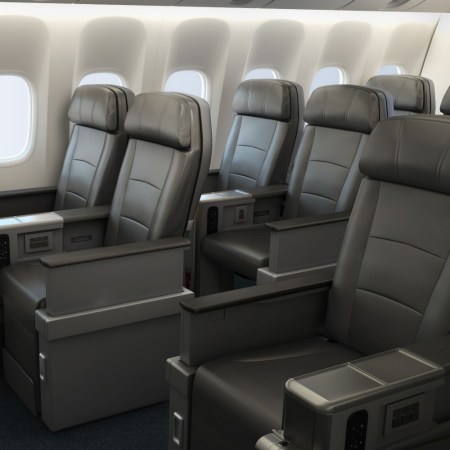Feeling like engineers haven’t done much for you lately? Here’s an example of some of the magic of science at work.
Jetlag — it seems like an inescapable by-product of long-haul travel: It’s earlier (or later) than it’s supposed to be, so you feel the pain — of fatigue, dehydration, headaches, maybe nausea. Turns out, that’s not simply a by-product of travel itself. Many of those conditions are actually the result of exposure to high-altitude conditions. We fly at, say, 30,000 feet, in a tiny compartment that’s been engineered to moderate, but not eliminate, those effects. When we fly, we’re basically spending a few hours at an altitude of 8,000 feet. It probably won’t kill you, but most coastal dwellers will feel it.
Here’s where the engineers come in. Two new airplanes — the Boeing 787 Dreamliner and the Airbus A350 — are designed to replicate an altitude of 6,000 feet. Might not sound like enough, but it’ll reduce dehydration and let you sleep better: As air travel expert George Hobica wrote for USA Today, “I fell into a deep sleep and only woke minutes before landing, feeling incredibly refreshed.”
Here’s how they did it: Maintaining higher air pressure (and a more comfortable environment) at flying altitude literally stresses planes’ frames, pushing them outward — your plane won’t explode, but that repeated stress, flight after flight, means it will need to be retired early, raising costs for the airline. These newer models are made of carbon-fiber plastics, which can stretch better and allow for greater interior humidity, since they don’t in water — which means humidity levels can be higher, reducing dehydration.
It’s the future of plane travel. For present-day relief, try flights on Singapore, which have the budget (and longhaul needs) for these planes.
This article was featured in the InsideHook newsletter. Sign up now.























